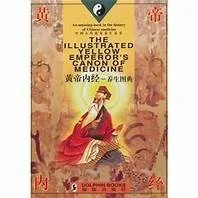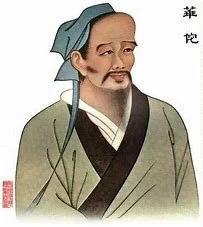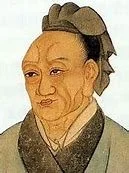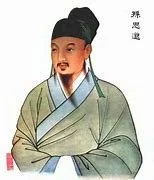CHINESE ANCIENT HISTORY
Huangdi Neijing Hua Tao Sima Qian Sun Si-miao Yijing
The Huangdi Neijing (given the title “The Yellow Emperor’s Classic of Medicine” in one of the latest translations) is an ancient treatise on health and disease said to be written by the famous Chinese emperor Huangdi around 2600 BC. However, Huangdi is a semi-mythical figure, and the book probably dates from the Warring States period (475 – 221 BC).
Grandmaster Chiao Chang Hung states in his preface to “The Rwo Shur Health Method”, that Hua Tuo (Yuanhua) (140 – 208 AD), had investigated the ancient massage therapy and created his new clinical method – the “Tao of Foot Centre”. He was also the well-known “saint” of medicine who was first to use anaesthesia in surgery and developed the “Exercise of Five Animals” – tiger, deer, bear, ape and crane.
In the second century BC, Sima Qian wrote the “Historical Records”. In these records, reference is made to a well-known Dr. Yu Fu (Yu means “healing”, Fu means ”foot”) who treated patients without medicine (herbs) or acupuncture, just massage. “And the disease responded to his every stroke.”
In the book, “Prescriptions Worth a Thousand Pieces of Gold” the author Sun Si-miao (518-682) introduced a famous philosopher, Lao-zi from the Spring-Autumn Period (770 – 476 BC). Lao-zi is considered the originator of Taoism. His massage techniques include 49 technique points, 10 of which were located on the feet. This compared to the Brahman (originating in India) massage techniques that include 18 points, four relating to the feet.
Yijing (635 – 713 AD) was a Chinese Buddhist Monk famed as a traveller and translator in the Tang era. (618-907). He travelled along the sea route between China and India and was responsible for the translation of many Buddhist texts from Sanskrit and Pali into Chinese.
It would seem that the present Chinese foot massage techniques evolved from a blending of China’s own traditional foot massage techniques (Lao-zi) and the Indian foot massage techniques introduced to China through Buddhism.




